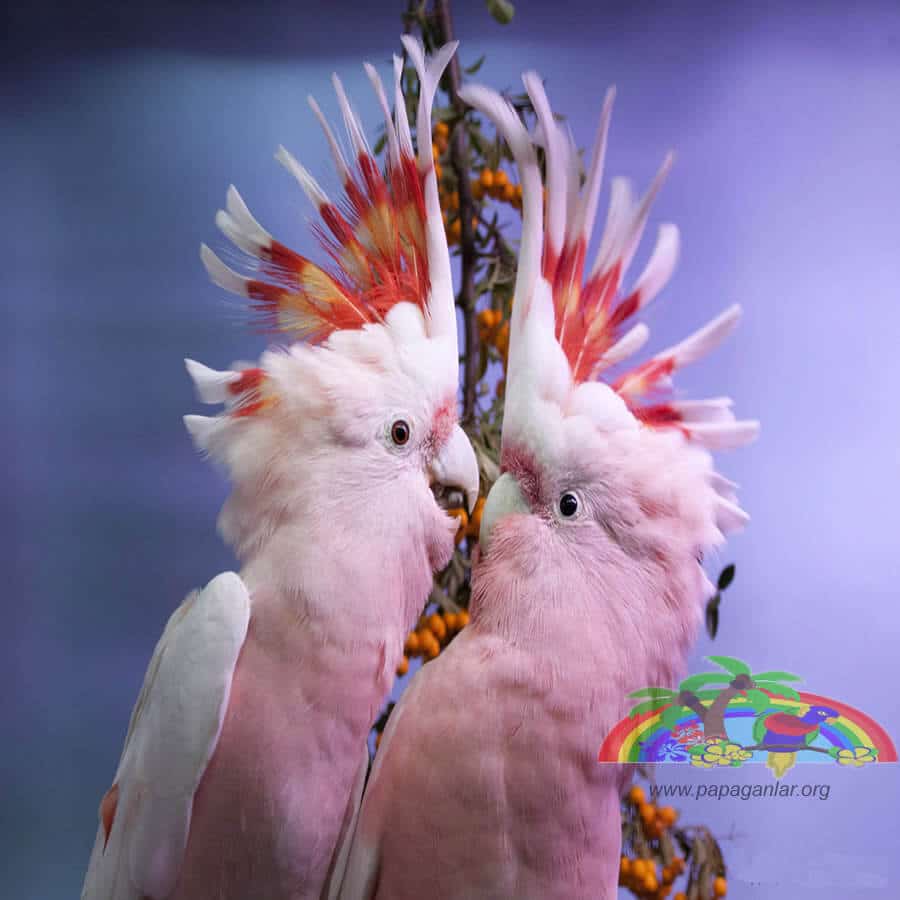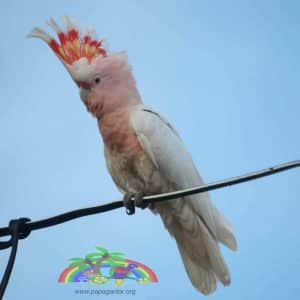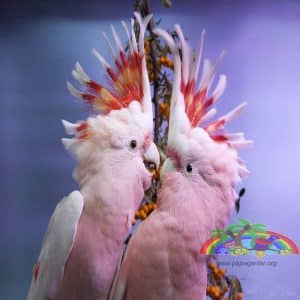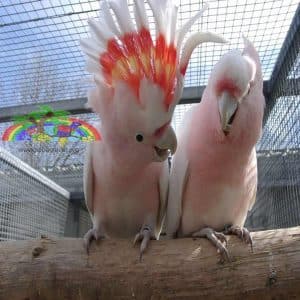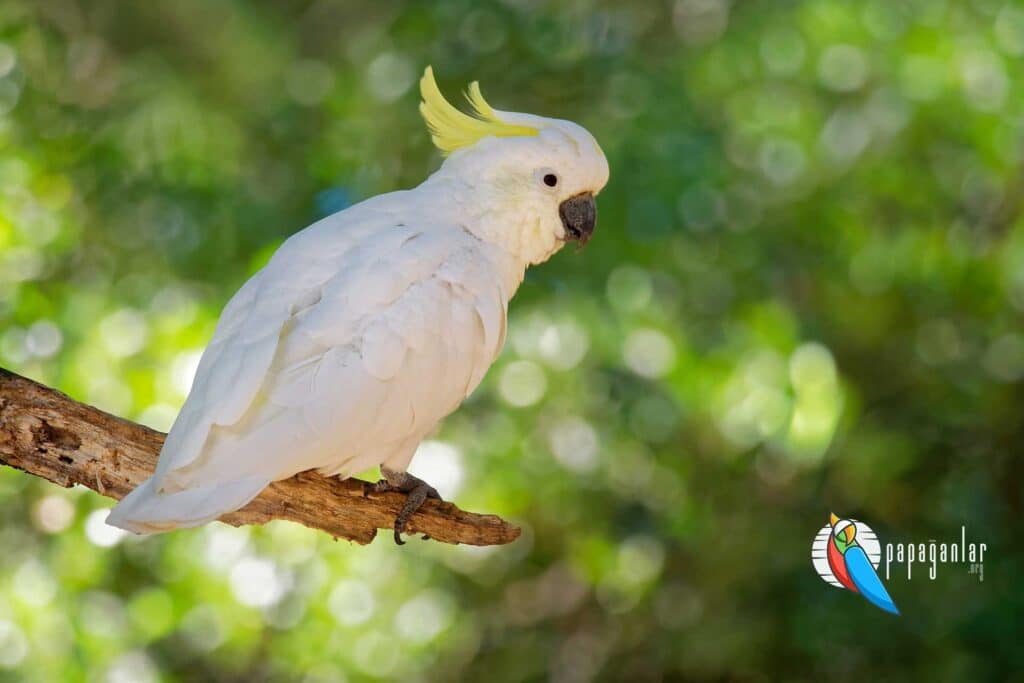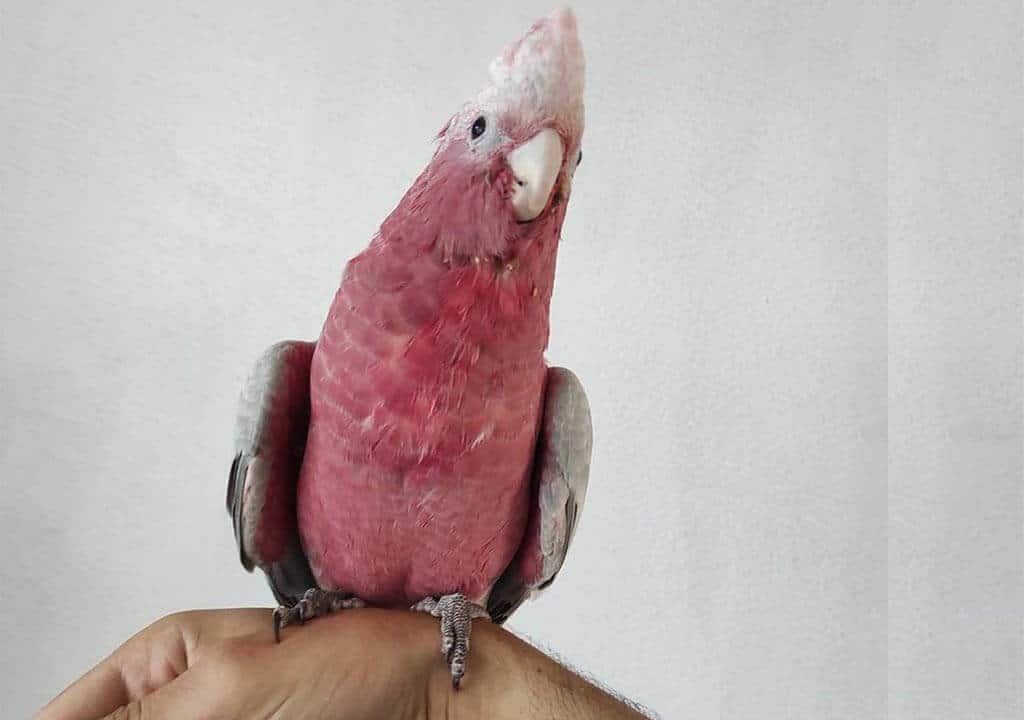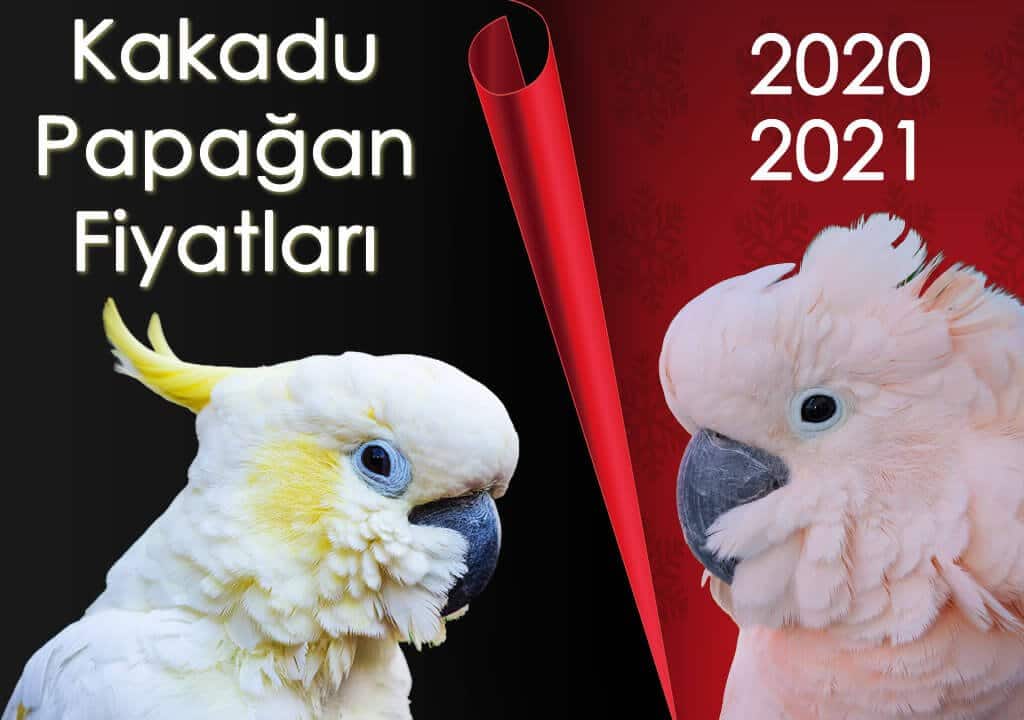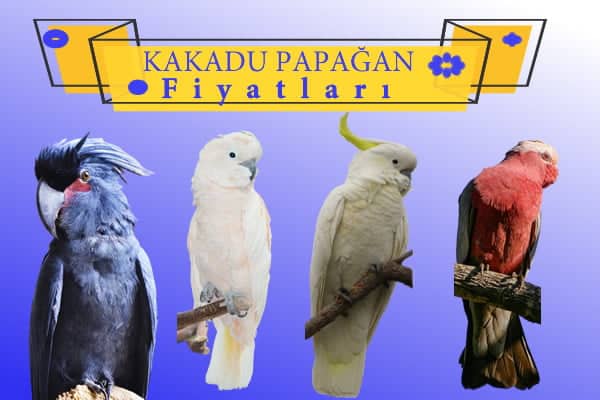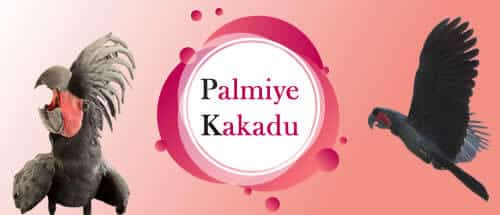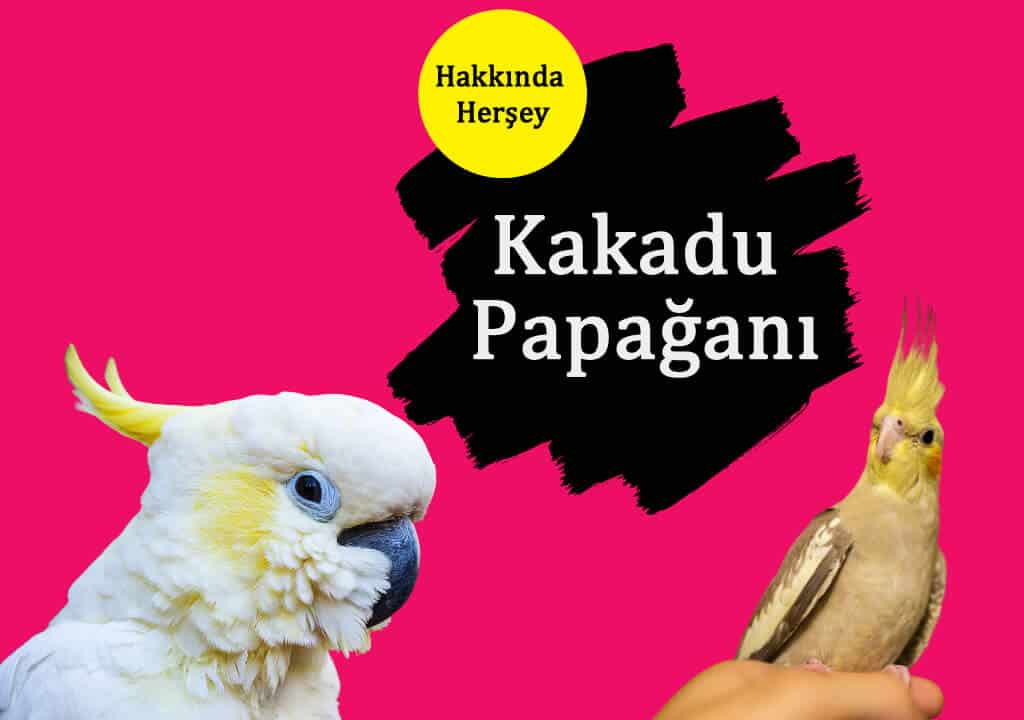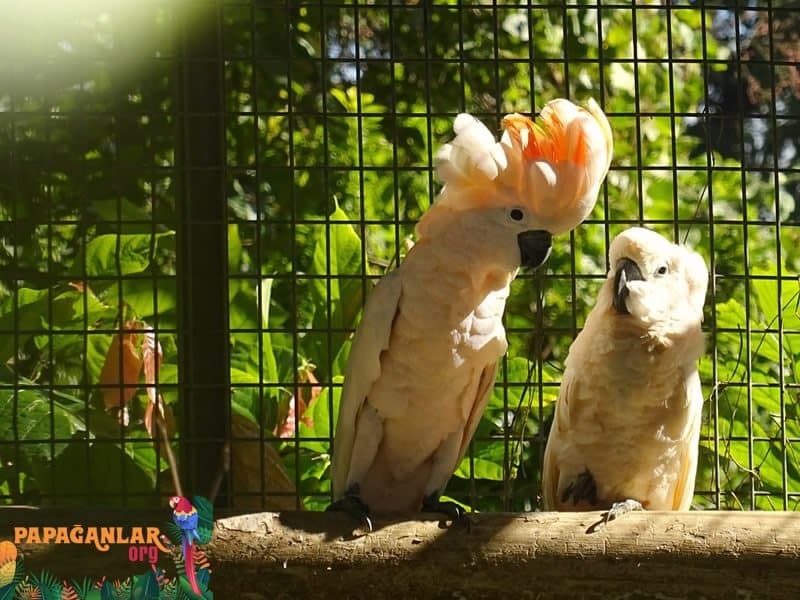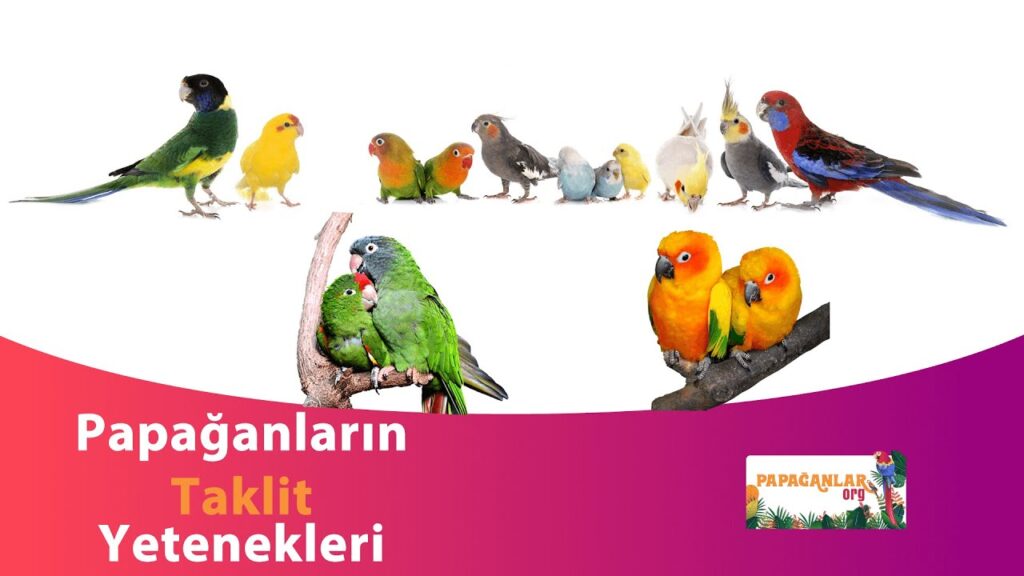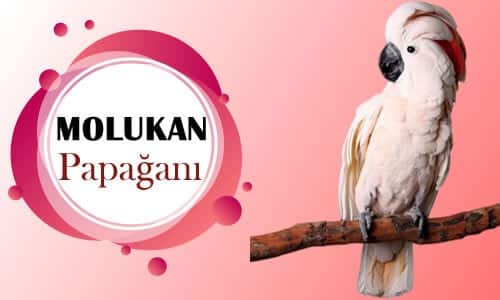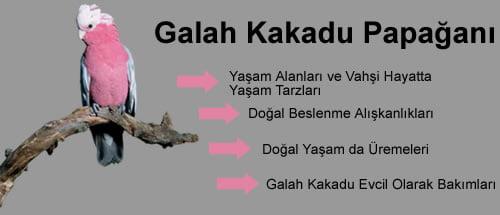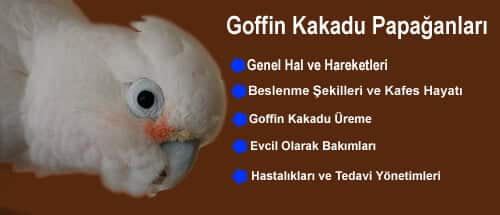Blog
Inca Cockatoo
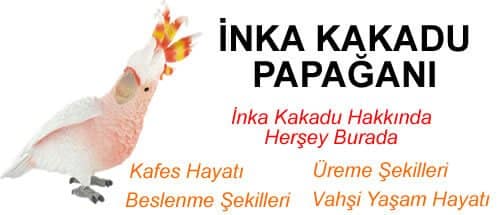
Inca Cockatoo Parrot(Cacatua C.Leadbeateri)
Sub-Types:
- Cacatua C. Leadbeateri Leadbeateri(Vigors)
- Cacatua C. Leadbeateri Mollis(mathews)
- Cacatua C. Leadbeateri Mungi(Mathews)
- Cacatua C. Leadbeateri Superflua(Mathews)
Living Areas
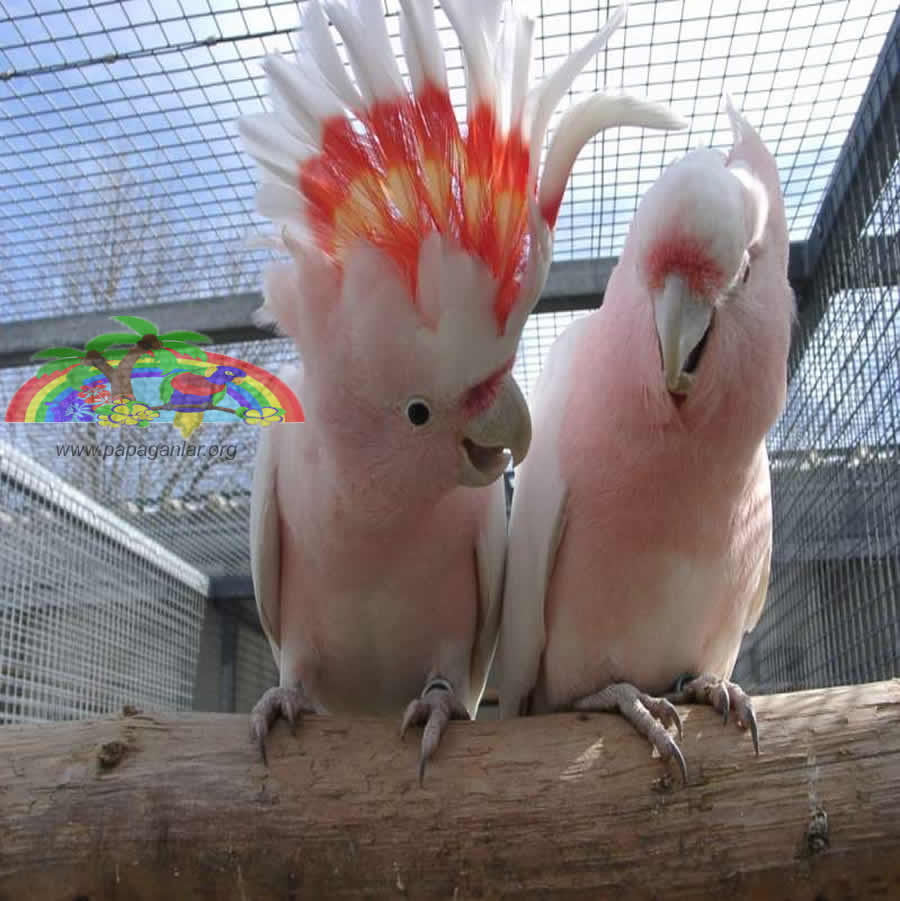
Accepted subspecies are found only in Western Australia. Also, inca cockatoos are most common in this region, occupying a large area extending to the sea. It can be seen in dry or semi-dry regions, mixed forests (especially in areas where eucalyptus trees are present), partially rocky areas, as well as in heath areas with dry soil and wet areas.
Generally, cockatoos only leave their habitat for a short time in search of forage. Loyal to their region, Inca cockatoos live in large groups of up to almost 1000 pairs. They can also come together with other cockatoo species in their search for food. The most common of these are Galah Cockatoo and Sulfur Cockatoo. One of the interesting results obtained from the observations is that as soon as they land at the end of the flight, Inca Cockatoos keep their combs (hats) on their heads constantly open. They are alarm signals. These unique alarm signals usually consist of 3 to 4 high-pitched and loud sounds.
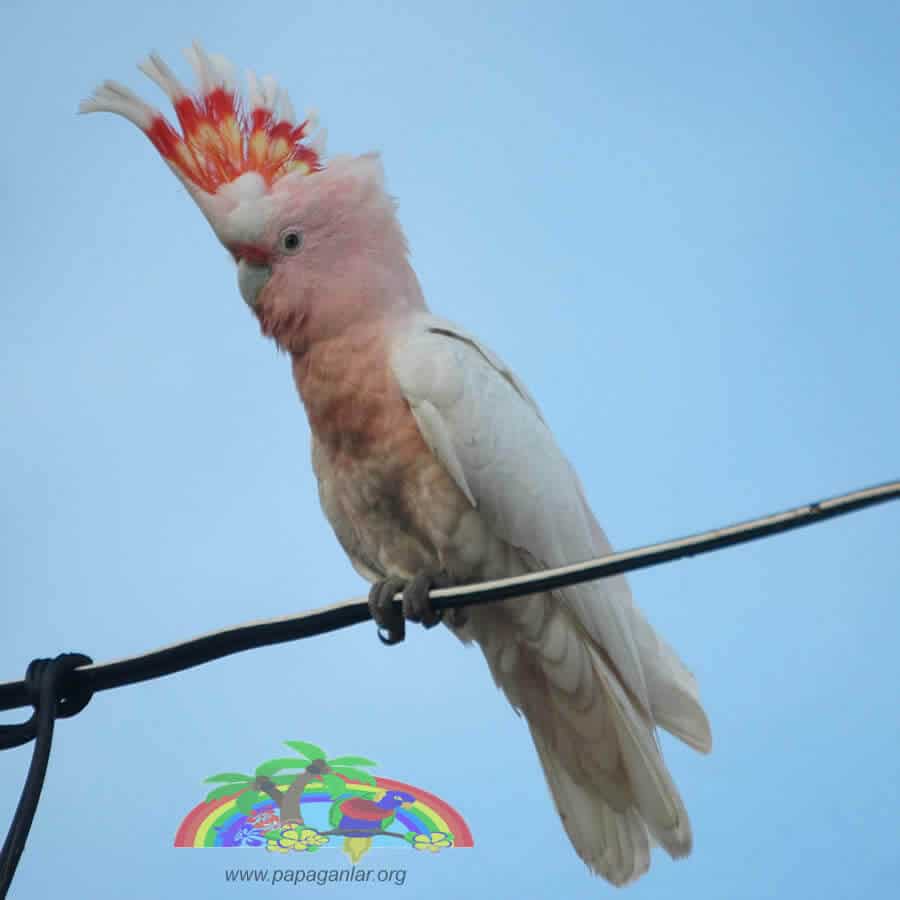
In the past, they were hunted to use their wonderfully colored feathers from the comb on the head to make accessories for hats. Despite other cockatoo species, whose population has increased at the rate of explosion over time, especially with the intervention of humans in their regions, the decrease in the population of the Inca Cockatoo in recent years has caused the government to enact a protection law for this situation. Hunting is prohibited in almost all regions of the Australian government, even if the reason is to plunder planted lands.
Its dimensions are approximately 38-40 cm. It is very difficult to distinguish between male or female gender based on its external appearance. Yellow color is wider in the comb on the head, which is found only in males. Their main color is salmon tone. Wings, breast and forehead are white. The top of the beak (nose) is in a dark salmon tone. Superficially, their plumage is the same salmon color. The colors on their hats on the head are white towards the ends, and when they come down from a dark red-like tone, there is a yellow tone that is wider in males but less in females. Their beaks and feet are bone gray in color.
The eye color of males is a reddish brown color. In females, the iris of the eyes is more dark brown than red-brown. It is not possible to tell the young birds by their colors. You can tell them by their pale brown eye colors, which are lighter in color.
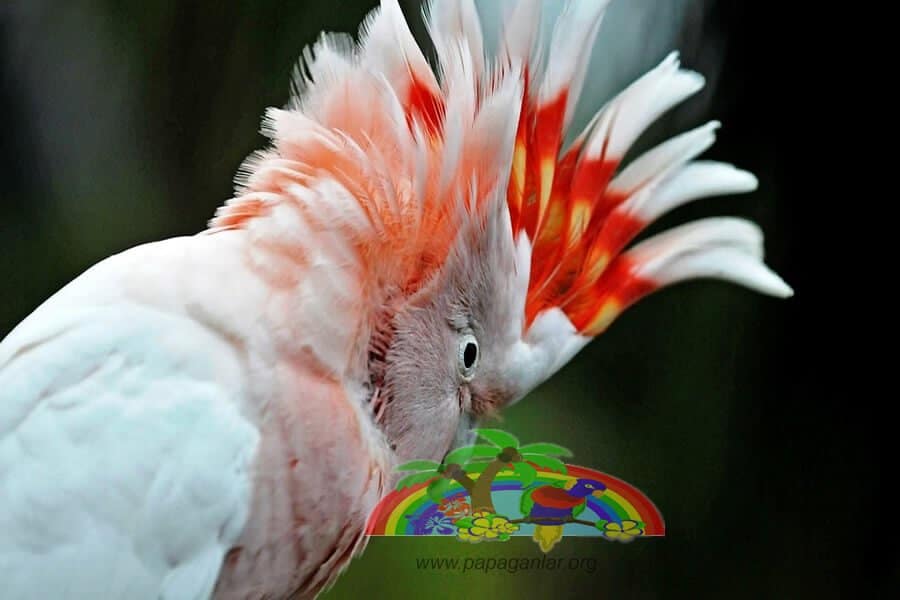
Nutrition in their Natural Life
From seeds, grasses, herbaceous plants, plant roots, hazelnuts, peanuts, blackberries, wild berries and fruits; It consists of acacia seeds, local pumpkin species and eucalyptus sap. In addition, they eat larvae and various types of small worms.
Reproduction Patterns
They nest in tree stumps or tree branches with a height of 4 or 6 meters from the ground. Mating periods start in August and last until December or even January. There are 3-4 eggs in their brood. Both males and females incubate alternately. The incubation period is 25 days. It has also been observed that sometimes it takes up to 30 days. When the offspring are first hatched, both females and males alternately feed and raise them together. Although the young usually gain the ability to fly in 54-55 days, they can leave the nest only in 4-6 weeks.
Inca Cockatoo Pet Care
